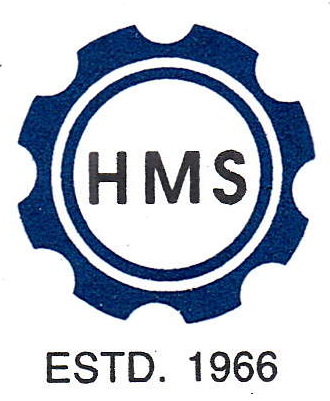Alloy Steel Buttweld Fittings
Products
Buttweld Fitting
Alloy Steel Buttweld Fittings

Alloy steels are made by combining carbon steel with one or several alloying elements, such as manganese, silicon, nickel, titanium, copper, chromium and aluminum. These metals are added to produce specific properties that are not found in regular carbon steel. The elements are added in varying proportions (or combinations) making the material take on different aspects such as increased hardness, increased corrosion resistance, increased strength, improved formability (ductility); the weldability can also change.
The most important and desired changes in alloy steel are:
Increased hardenability.
Increased corrosion resistance.
Retention of hardness and strength.
Nearly all alloy steels require heat treatment in order to bring out their best properties.
Alloying Elements & Their Effects
Chromium – Adds hardness. Increased toughness and wear resistance.
Cobalt – Used in making cutting tools; improved Hot Hardness (or Red Hardness).
Manganese – Increases surface hardness. Improves resistance to strain, hammering & shocks.
Molybdenum – Increases strength. Improves resistance to shock and heat.
Nickel – Increases strength & toughness. Improves corrosion resistance.
Tungsten – Adds hardness and improves grain structure. Provides improved heat resistance.
Vanadium – Increases strength, toughness and shock resistance. Improved corrosion resistance.
Chromium-Vanadium – Greatly improved tensile strength. It is hard but easy to bend and cut.
The most commonly used grades of Alloy Bar:
Grade 4140 – Chromium Molybdenum Steel
Grade 4340 – Nickel-Chromium-Molybdenum Steel
Grade 6150 – Chromium Vanadium Steel
Grade 8620 – HSLA -Nickel-Chromium-Molybdenum Steel
An advantage of Alloy Steel WP1 Pipe Elbow is that it can be precipitation hardened and strengthened by heat treatments. Alloy Steel WP1 Tee Butt Weld Pipe Fittings has bright annealed or bright annealed and cold rolled grease, where ultra – bright finishes is used for decorative applications. Applications of Alloy Steel WP1 Reducer are limited to a maximum temperature of 1000 Degree F per ASME.
Hind Metal is a known manufacturer, exporter and trader of Alloy Steel WP1 Pipe Fittings, which appears to fall between both the stainless and nickel categories as it contains characteristics of both.
The high – temperature strength of Alloy Steel WP1 Cross Butt Weld Pipe Fittings is basically the same in the range of 950 Degree C to 1150 Degree C. The maximum service temperature of Alloy Steel WP1 End Cap Butt Weld Pipe Fittings is at 450 Degree C.
Hind Metal is a known manufacturer, exporter and trader of Alloy Steel Pipe Fittings, which appears to fall between both the stainless and nickel categories as it contains characteristics of both. An advantage of Alloy Steel Pipe Elbow is that it can be precipitation hardened and strengthened by heat treatments. Alloy Steel Tee Butt Weld Pipe Fittings has bright annealed or bright annealed and cold rolled grease, where ultra – bright finishes is used for decorative applications. Applications of Alloy Steel Reducer are limited to a maximum temperature of 1000 Degree F per ASME. The high – temperature strength of Alloy Steel Cross Butt Weld Pipe Fittings is basically the same in the range of 950 Degree C to 1150 Degree C. There is no risk of inter – crystalline corrosion on cooling or welding in Alloy Steel Stub End due to the low carbon content. The maximum service temperature of Alloy Steel End Cap Butt Weld Pipe Fittings is at 450 Degree C. Hot working temperatures in Alloy Steel Dish Cap Butt Weld Pipe Fittings should be between 1200 Degree F and 2250 Degree F with heavy forming to be performed at temperatures above 1600 Degree F. Alloy Steel Bend Pipe Fitting is often used in chemical processing, vacuum furnaces, and mechanical components.

